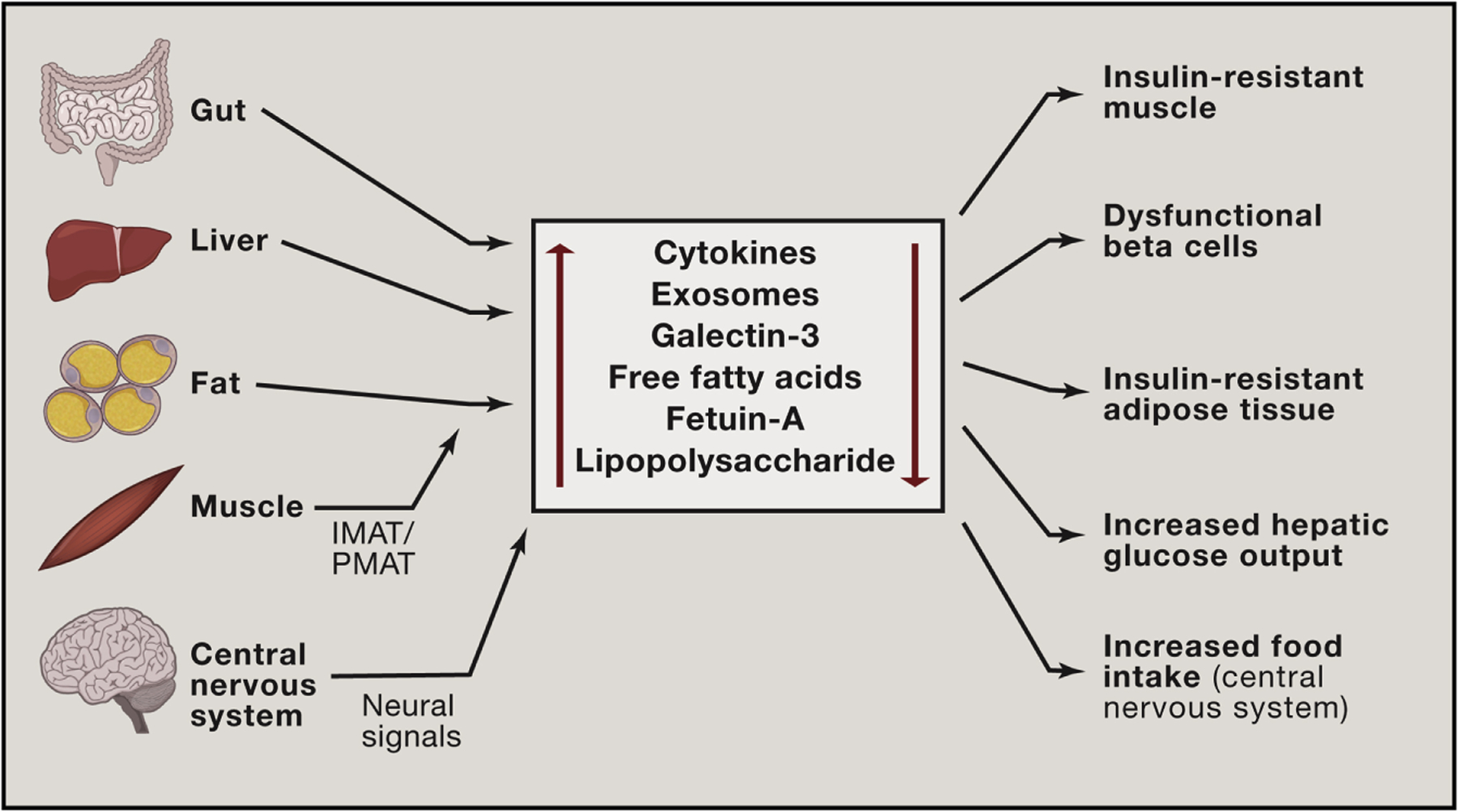Figure 3. Inflammation-Mediated Interorgan Crosstalk.

Obesity leads to chronic inflammation in metabolic tissues (liver, adipose tissue, and muscle). It also causes dysbiosis in the GI tract and gliosis in the CNS. Once these events are established, these tissues then elaborate a large number of secretory factors which not only act locally (paracrine effects), but can also enter the circulation to cause distal effects on insulin sensitivity, GSIS, and food intake. These factors, exemplified by cytokines, miRNA-containing exosomes, galectin-3, FFAs, fetuin A, and LPS do not act in isolation but can work in an additive or coordinated fashion on tissue sites of action. Each factor has the potential to influence production and secretion of some of the other factors, adding to the complexity of the integrated network comprising metabolic interorgan crosstalk.
